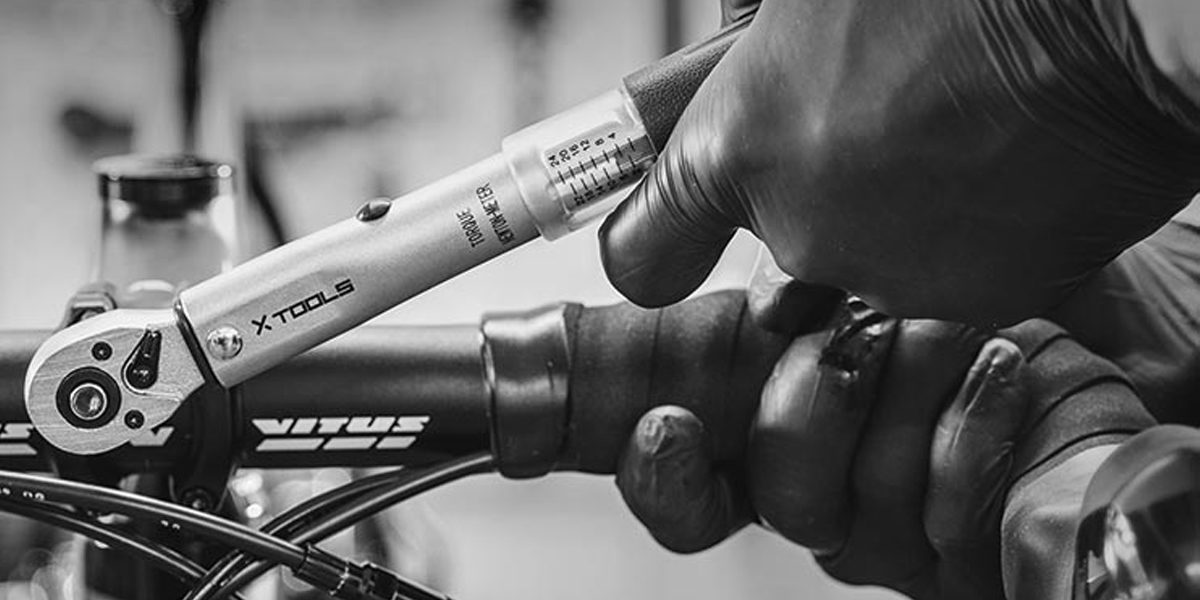Cleaning the Bike:
Tools needed
- Workstand (Optional – Beg or Borrow – would make ideal Xmas/Birthday present)
- Water
- Bucket
- Brushes (Old Toothbrushes are excellent)
- Sponge
- Spray on Bike Wash (Muc-Off or similar)
- Rubber/Latex Gloves
- De-greaser (citrus type de-greaser recommended)
- Chain Cleaner Tool
- Sprocket Cleaner (Narrow Brush/old rags – used to “floss” between gears)
- Various Lubricants
Getting Started
- First clean under saddle and seatpost enabling you to put the bike in the workstand. It’s best to start from the top and work down, this helps from getting muck on stuff you’ve already cleaned.
- Install bike into workstand and remove wheels, they ‘re so much easier to clean off the bike. If available, install a chain roller in the frame (if not available, an old hub would suffice, there will be people in the club who have such things – ask!), this allows the chain to be held in place whilst the cranks are rotated and keep the chain out of the way as the rest of the bike is cleaned.
- Use the de-greaser to start cleaning the chain and gears, working the de-greaser into whole drive train, the chain and both mech’s and allow to penetrate.
- The next step is to concentrate on the chain , either with a small brush or a chain cleaner clean between the rollers, with the use of a cleaner tool, the result will be easy, the better way but more tedious and messy, is with a brush between each roller.
- Next up are the chainrings and cranks working the De-greaser into all the “nooks & crannies” until spotlessly clean. When cleaned, wash the whole drive train with soapy water to remove any detergent/de-greaser and clean the pedals with a small brush making sure to re-grease/lubricate the pedals mechanism’s afterwards.
- Next up are the wheels, starting with the Cassette, working the de-greaser in between the gears, trying to keep the de-greaser away from the hub bearings or freewheel mechanism. Using old rags as “floss” to clean between the gears will help to dry the clean the hard to reach parts of the sprockets and also prolong the life of the gears. Perhaps once a year it is advisable to completely remove the cassette from the wheel to thoroughly clean the assembly.
- Use a milder solution to clean the rims and tyres with a scrubbing brush, checking for any cuts to the tyres and any excessive wear to the rims from the brakes.
- Remove any debris from the brake blocks (another reason to remove the wheels from the bike, this allows easier access to the brake blocks) the use of a pointed implement to prise any debris found in the blocks. Continue to clean the brake assembly, with a sponge. this will alleviate the need to re-align the callipers.
- When cleaning the handlebars be careful around the controls – Brake/Gear levers. just sponge the levers with clean with water. The over-use of de-greaser on the mechanisms will cause problems on the internals of the levers.
- Lubricate the Chain with suitable lube for the conditions the bike will be used for, if the bike is to used in wet conditions use a wet lube and if the bike is to used for dry conditions a dry lube will be required. Don’t go overboard with lube as the more you put on, the more chance the chain will attract detritus from the road and thereby require more frequent cleaning – although that’s not a bad idea!
- Brake levers and Gear Controls require lubrication as these will dry out eventually, the brake pivots only require a squirt of light oil every now and then, make sure the cable nipple is greased in the lever, as if left to dry out could damage the lever or break the cable. The gear mechanisms in the lever are also fairly small and delicate things and they also only require a light oiling periodically.
- The inner cables also require oiling, this time with a Teflon based lubricant.
- The front and rear derailleur will have to have any residue from the cleaning process removed and then a light lube applied to all the pivot points to allow for smooth operation, heavy/copious amounts of oil only bungs up the smooth operation of these components.
